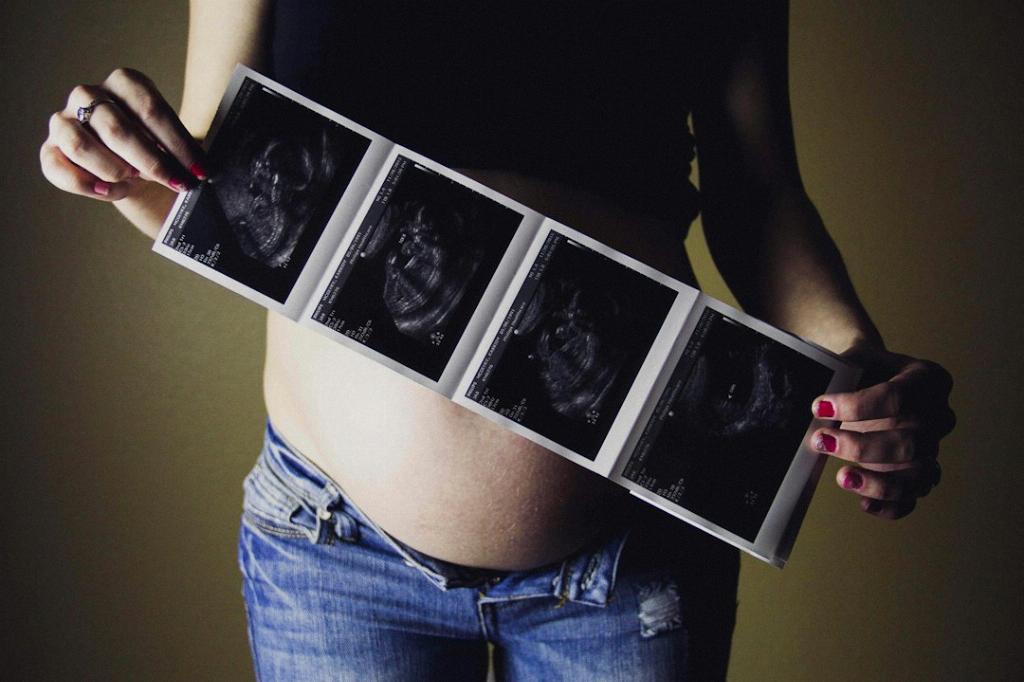When it comes to early pregnancy, the changes a woman’s body undergoes can be quite fascinating. One significant area that often experiences transformations are the nipples. In the initial stages of pregnancy, there are notable alterations in the appearance and sensitivity of the nipples, which can provide valuable insights into a woman’s pregnancy journey.
Larger and Darker Nipples
One of the key indicators that a woman may notice in early pregnancy is that her nipples begin to enlarge. This enlargement is a result of hormonal changes in the body, specifically the increased levels of estrogen and progesterone. Additionally, the color of the nipples may darken, accompanied by a similar change in the surrounding areola.
Increased Areola Size and Darkening
Besides nipple enlargement, the areola – the circular area around the nipple – tends to increase in size as well. This growth is often accompanied by a darkening of the areola’s pigmentation, which can be quite noticeable. These changes in the areola are attributed to the same hormonal shifts responsible for nipple alterations.
Heightened Sensitivity and Tingling
During early pregnancy, many women report increased sensitivity in their nipples. This heightened sensitivity can range from mild discomfort to significant tenderness. Some women may also experience tingling sensations in their nipples, which can be an additional sign of the body adapting to the pregnancy.
Texture Changes in Nipples
Along with the visual transformations, the texture of the nipples may also undergo changes during early pregnancy. Some women notice that their nipples become softer or firmer than usual, which can be linked to hormonal fluctuations and increased blood flow to the area.
Veins Becoming More Prominent
Another common occurrence in early pregnancy is the increased visibility of veins around the breasts, including the nipples. The hormonal changes in the body can cause blood vessels to dilate, making the veins more prominent under the skin. This phenomenon is often associated with the body preparing for the demands of pregnancy.
Fluid Discharge from Nipples
In some cases, women may notice a clear or milky discharge from their nipples during early pregnancy. This discharge, known as colostrum, is a precursor to breast milk production and is a natural response to the hormonal changes occurring in the body. While not all women experience this symptom, it is considered normal in many pregnancies.
Varied Responses to Nipple Changes
It is essential to recognize that every woman’s body reacts differently to pregnancy, including changes in the nipples. While some women may experience pronounced alterations in nipple appearance and sensitivity, others may notice minimal changes or none at all. The variability in responses underscores the uniqueness of each pregnancy journey.
Consulting a Healthcare Provider
If a woman has concerns about the changes in her nipples or breasts during early pregnancy, it is advisable to consult a healthcare provider. A medical professional can offer guidance, reassurance, and address any potential issues that may arise. Open communication with a healthcare provider is crucial for maintaining optimal prenatal care.
Embracing Body Changes
As the body undergoes remarkable transformations during pregnancy, it is essential for women to embrace these changes with acceptance and self-care. Nipple alterations, along with other bodily adjustments, signify the incredible journey of creating new life and should be viewed as a natural part of the pregnancy experience.
Monitoring and Enjoying the Journey
Throughout early pregnancy and beyond, monitoring the changes in the nipples can provide valuable insights into the progression of the pregnancy. By staying attuned to the body’s signs and symptoms, women can create a deeper connection with their pregnancy journey and appreciate the remarkable process of bringing new life into the world.
Final Thoughts on Nipple Changes in Early Pregnancy
In summary, the appearance and sensation of the nipples undergo significant changes in early pregnancy due to hormonal fluctuations and bodily adaptations. From enlargement and darkening to increased sensitivity and potential discharge, these alterations serve as indicators of the body preparing for the journey of pregnancy and childbirth. By embracing these changes and seeking appropriate medical guidance, women can navigate early pregnancy with confidence and appreciation for the miraculous transformations occurring within.

